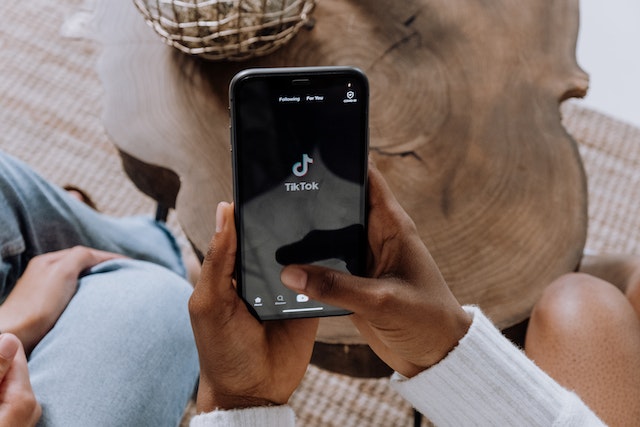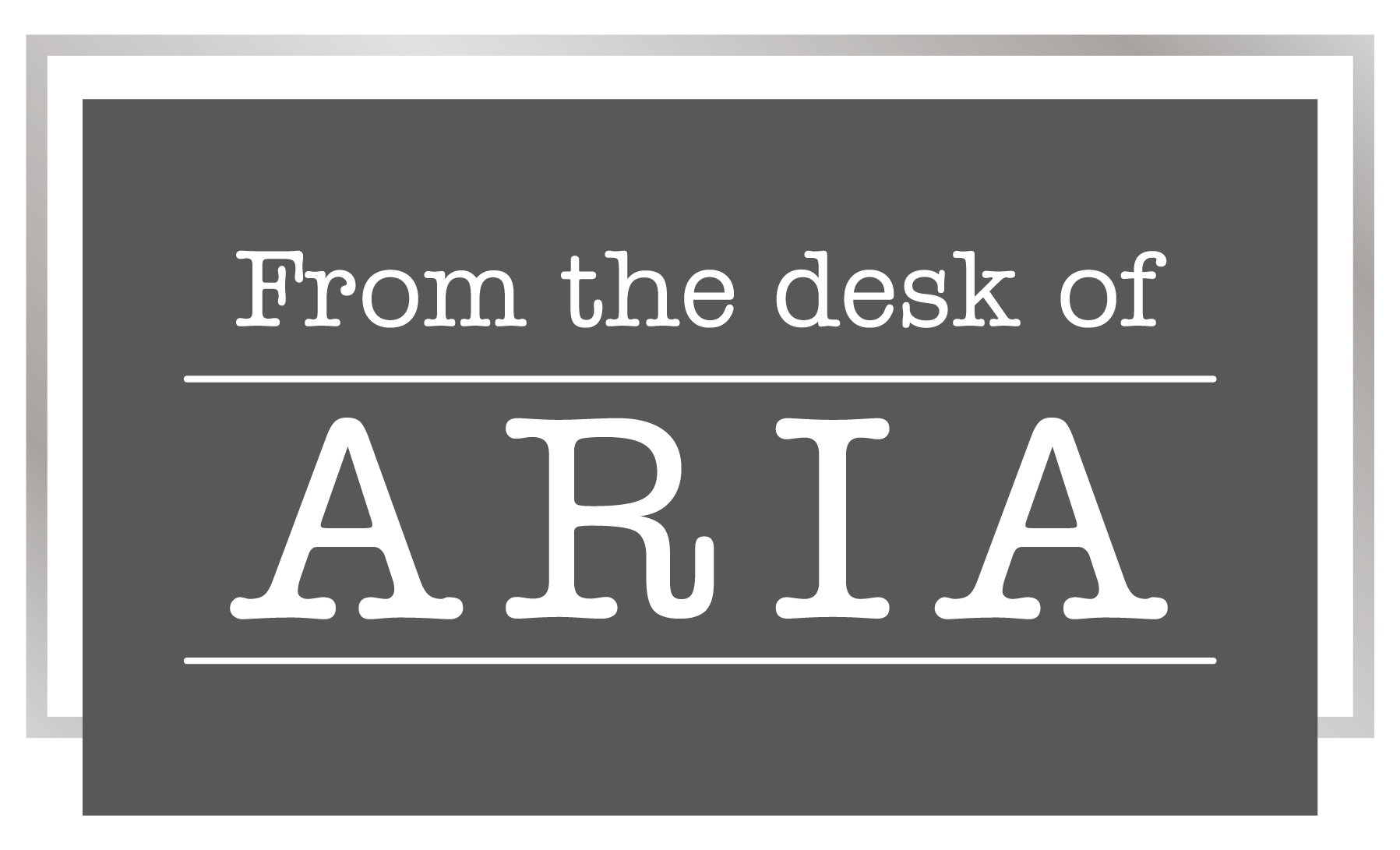
The “Innie vs Outie” TikTok Trend: Body Shaming and the Importance of Comprehensive Sex Education

The “Innie vs Outie” TikTok Trend: Body Shaming and the Importance of Comprehensive Sex Education
Social Media is a powerful platform–one where information, ideas, and beliefs are spread. But social media is powerful in another sense–it can exploit one’s insecurities and sense of self. When the majority of users on social media endorse a certain ideal or standard, those who differ from it often experience a negative impact on their self-esteem. This was recently in play through the TikTok trend which compared “innies” and “outies”.
To clarify, the terms “innies” and “outies” are being used to describe the appearance of a female’s labia, which are the external folds of skin surrounding the vaginal opening. When people say “innie” and “outie” in reference to a woman’s private parts, they are, respectively, talking about whether the inner lips (labia minora) are hidden inside the outer lips (labia majora) or if they stick out beyond them.
When this trend started, many users would post which “type” they had. But even more, many users were promoting the idea that having an outie vagina is unattractive or even undesirable. This type of messaging is extremely damaging, especially to young women and girls who are already bombarded with unrealistic beauty standards from a young age. By perpetuating the idea that certain types of genitalia are “better” or more attractive than others, this TikTok trend contributed to a culture of body shaming and insecurity that can have lasting negative effects on individuals’ mental health and well-being. It is important to promote body positivity and acceptance, and to celebrate the diversity of human bodies in all their forms–which many users, unfortunately, failed to do.
It is important that we continue to prioritize accurate and compassionate education about sexual health and anatomy, and work to break down the harmful beauty standards and body shaming that still exist in our society. Thankfully, many gynecologists on Tiktok did just this, showing why this trend was toxic and raising awareness that both innies and outies are normal. This was a powerful, positive way in which information that was new to some was spread with love and empathy. By highlighting the diversity of human bodies and promoting body positivity, these medical professionals counteracted some of the damaging effects of the trend.
But in the end, TikTok, a platform that often perpetuates harmful beauty standards and misinformation, should not be the platform where people are learning this information. Vaginal anatomy is a private and sensitive topic, and individuals should be able to access accurate information about their bodies from trusted sources, such as medical professionals or reputable educational websites. This is not Tiktok’s fault, but rather a reflection of our inadequate sex education requirements. The shame being spread by this trend could have been prevented if we were all educated on this topic earlier, and knew all body and genitalia types are normal. The lack of comprehensive sex education in our country leaves people vulnerable to these beliefs and creates an environment where they can be negatively impacted by these “norms”.
To change this, we can contact our elected representatives using this email template provided by The Sexuality Information and Education Council of the United States (SIECUS). The template highlights the need for a more comprehensive sex education curriculum. Just one email is a step towards improving sex education to promote the idea that various body types are normal and beautiful, which is crucial in fostering positive attitudes towards one’s own body and others.
